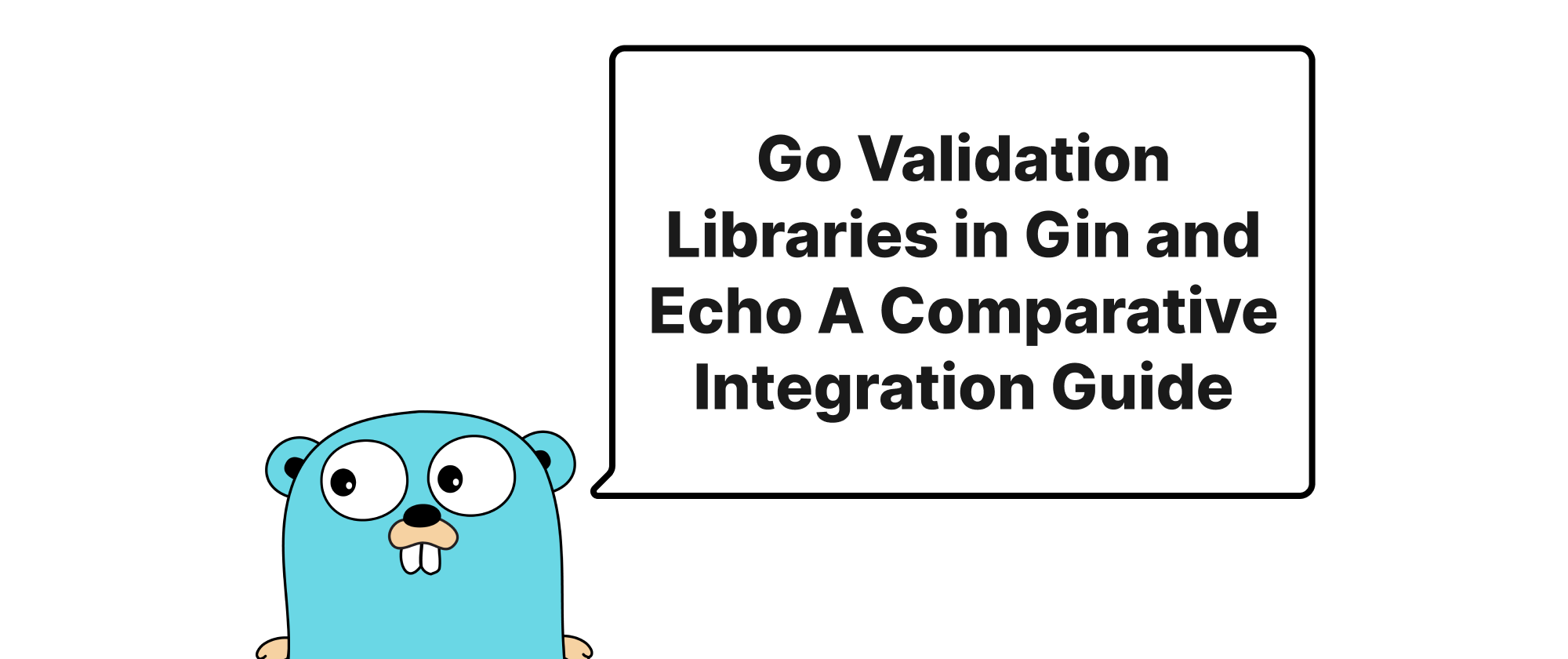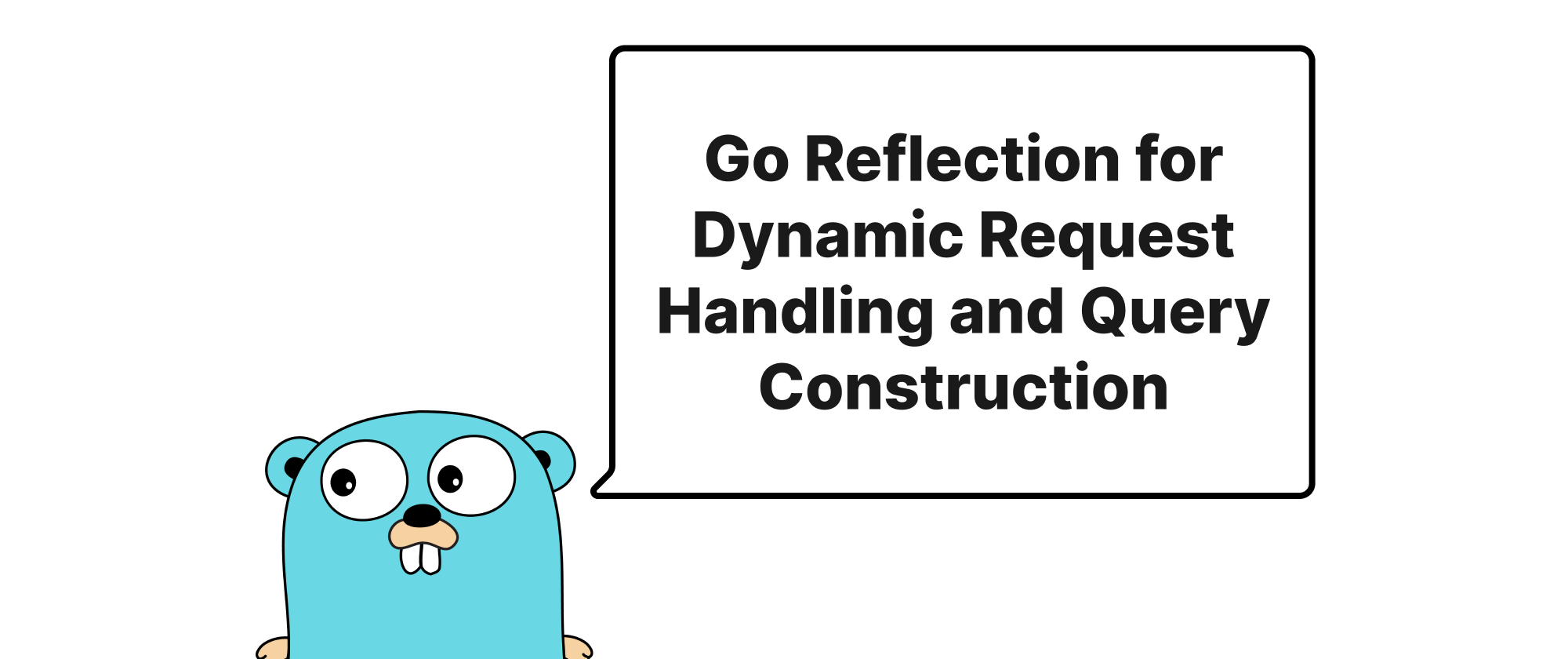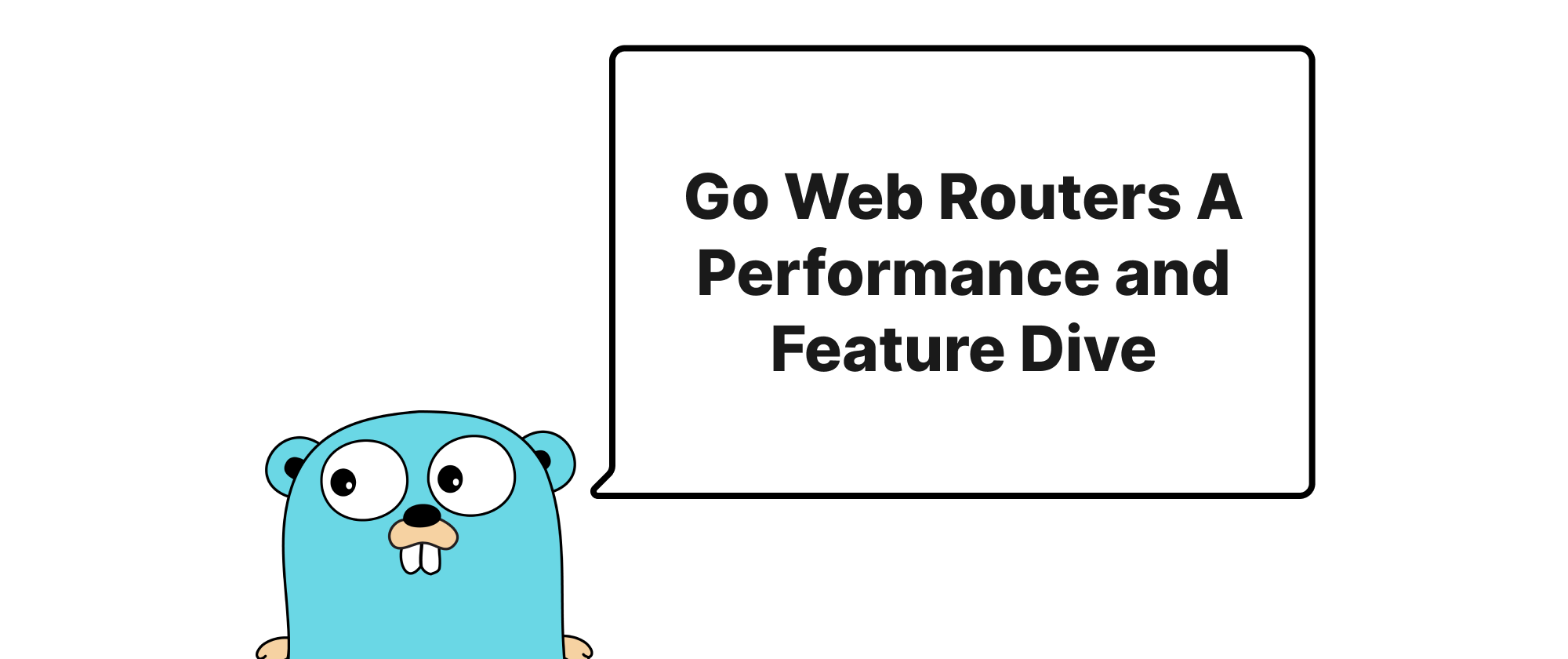Go Validation Libraries in Gin and Echo A Comparative Integration Guide
Wenhao Wang
Dev Intern · Leapcell

Introduction
In modern web development, data validation is a critical component for building robust and reliable applications. In the Go ecosystem, there are several libraries designed to tackle this challenge, with go-playground/validator standing out as a popular and feature-rich choice. However, other validation solutions also exist, offering different philosophies and integration approaches. When working with popular Go web frameworks like Gin and Echo, choosing the right validation library and understanding its seamless integration is paramount for developer efficiency and application stability. This article delves into a comparative analysis of go-playground/validator and other validation libraries, specifically focusing on their integration patterns within Gin and Echo, providing practical examples to illustrate their usage and help you make informed decisions.
Terminology and Core Concepts
Before diving into the comparisons, let's clarify some core concepts relevant to data validation in Go web applications:
- Struct Tag Validation: A common pattern in Go where validation rules are defined directly within struct field tags (e.g.,
json:"name" validate:"required,min=3"). This makes validation rules co-located with the data structure. - Custom Validators: The ability to define your own validation logic for specific data types or complex business rules that built-in validators cannot cover.
- Field-level Validation: Validation applied to individual fields within a struct.
- Struct-level Validation: Validation logic that depends on the interplay of multiple fields within the same struct.
- Error Handling: How validation failures are reported back to the user or handled internally within the application. Different libraries offer varying levels of detail and customization for error messages.
- Middleware: A software component that can process HTTP requests before they reach the main request handler or process responses after the handler has executed. In web frameworks, validation often integrates as a middleware.
- Binding: The process of converting incoming request data (e.g., JSON, form data, query parameters) into Go struct instances. Both Gin and Echo provide robust binding mechanisms.
Integrating go-playground/validator with Gin and Echo
go-playground/validator is widely acclaimed for its extensive set of built-in validation rules, easy-to-use struct tag syntax, and robust features like custom validators and translation.
Gin Integration with go-playground/validator
Gin leverages go-playground/validator as its default validator, making integration straightforward.
package main import ( "log" "net/http" "github.com/gin-gonic/gin" "github.com/go-playground/validator/v10" ) // User represents a user request body type User struct { Name string `json:"name" binding:"required,min=3,max=50"` Email string `json:"email" binding:"required,email"` Age int `json:"age" binding:"gte=18,lte=100"` Password string `json:"password" binding:"required"` } func main() { r := gin.Default() // Gin automatically wires up go-playground/validator // However, if you need a custom validator instance or custom translations, // you can set it explicitly. // if v, ok := binding.Validator.Engine().(*validator.Validate); ok { // v.RegisterValidation("is-awesome", func(fl validator.FieldLevel) bool { // return fl.Field().String() == "awesome" // }) // } r.POST("/users", func(c *gin.Context) { var user User if err := c.ShouldBindJSON(&user); err != nil { // Gin's ShouldBindJSON automatically uses the validator tags // detailed error handling for validation failures if verr, ok := err.(validator.ValidationErrors); ok { c.JSON(http.StatusBadRequest, gin.H{"error": "Validation failed", "details": verr.Error()}) return } c.JSON(http.StatusBadRequest, gin.H{"error": err.Error()}) return } c.JSON(http.StatusOK, gin.H{"message": "User created successfully", "user": user}) }) log.Fatal(r.Run(":8080")) // listen and serve on 0.0.0.0:8080 }
In this Gin example, the binding tag in the User struct automatically integrates with go-playground/validator. When c.ShouldBindJSON() is called, Gin attempts to unmarshal the JSON into the User struct and then validates it using the rules defined in the tags. Validation errors are returned directly, and you can cast them to validator.ValidationErrors for detailed handling.
Echo Integration with go-playground/validator
Echo requires a bit more boilerplate to explicitly set up the validator, but it's still straightforward.
package main import ( "log" "net/http" "github.com/go-playground/validator/v10" "github.com/labstack/echo/v4" ) // User represents a user request body type User struct { Name string `json:"name" validate:"required,min=3,max=50"` Email string `json:"email" validate:"required,email"` Age int `json:"age" validate:"gte=18,lte=100"` Password string `json:"password" validate:"required"` } // CustomValidator holds the validator instance type CustomValidator struct { validator *validator.Validate } // Validate validates a struct using the validator instance func (cv *CustomValidator) Validate(i interface{}) error { if err := cv.validator.Struct(i); err != nil { // Optionally, you could return the error as a custom http.HTTPError for better client responses return echo.NewHTTPError(http.StatusBadRequest, err.Error()) } return nil } func main() { e := echo.New() // Initialize and set the custom validator e.Validator = &CustomValidator{validator: validator.New()} e.POST("/users", func(c echo.Context) error { user := new(User) if err := c.Bind(user); err != nil { return err // c.Bind will return validation error if configured } if err := c.Validate(user); err != nil { return err // explicit validation } return c.JSON(http.StatusOK, user) }) log.Fatal(e.Start(":8080")) }
With Echo, you define a CustomValidator struct that wraps validator.Validate and implements Echo's Validator interface. You then assign an instance of CustomValidator to e.Validator. After binding, you explicitly call c.Validate(user) to trigger the validation.
Other Validation Libraries
While go-playground/validator is dominant, other libraries offer different paradigms or focus on specific use cases.
Ozzo-Validation
ozzo-validation takes a programmatic approach to validation rather than relying on struct tags. This can be appealing for complex, dynamic validation rules or when you prefer to keep validation logic separate from struct definitions.
package main import ( "fmt" "log" "net/http" validation "github.com/go-ozzo/ozzo-validation" "github.com/go-ozzo/ozzo-validation/is" "github.com/gin-gonic/gin" // Using Gin for demonstration ) // User represents a user request body type User struct { Name string `json:"name"` Email string `json:"email"` Age int `json:"age"` Password string `json:"password"` } // Validate implements the validation.Validatable interface for User func (u User) Validate() error { return validation.ValidateStruct(&u, validation.Field(&u.Name, validation.Required, validation.Length(3, 50)), validation.Field(&u.Email, validation.Required, is.Email), validation.Field(&u.Age, validation.Required, validation.Min(18), validation.Max(100)), validation.Field(&u.Password, validation.Required), ) } func main() { r := gin.Default() r.POST("/users", func(c *gin.Context) { var user User if err := c.ShouldBindJSON(&user); err != nil { c.JSON(http.StatusBadRequest, gin.H{"error": err.Error()}) return } // Explicitly call the Validate method if err := user.Validate(); err != nil { // ozzo-validation returns a map of errors c.JSON(http.StatusBadRequest, gin.H{"error": "Validation failed", "details": err.Error()}) return } c.JSON(http.StatusOK, gin.H{"message": "User created successfully", "user": user}) }) log.Fatal(r.Run(":8080")) }
With ozzo-validation, validation rules are defined in a Validate() method (or a separate function) for the struct. After binding the request body, you explicitly call this Validate() method. This offers greater flexibility in organizing validation logic. The error handling provides a clear map-like structure for validation failures.
Echo integration for Ozzo-Validation would follow a similar pattern: bind the struct, then explicitly call its Validate() method.
Custom Middleware Based Validation (Simplified)
For simpler validation needs or to create highly customized validation flows, you might choose to implement validation directly within a middleware or handler, using basic Go logic. This offers maximum control but requires more manual effort.
package main import ( "log" "net/http" "github.com/gin-gonic/gin" ) type Product struct { Name string `json:"name"` Price float64 `json:"price"` } func validateProductMiddleware() gin.HandlerFunc { return func(c *gin.Context) { var product Product if err := c.ShouldBindJSON(&product); err != nil { c.JSON(http.StatusBadRequest, gin.H{"error": err.Error()}) c.Abort() // Stop further processing return } if product.Name == "" || len(product.Name) < 3 { c.JSON(http.StatusBadRequest, gin.H{"error": "Product name is required and must be at least 3 characters"}) c.Abort() return } if product.Price <= 0 { c.JSON(http.StatusBadRequest, gin.H{"error": "Product price must be greater than zero"}) c.Abort() return } // Pass validated product to the context for downstream handlers c.Set("validatedProduct", product) c.Next() // Continue to the next handler } } func main() { r := gin.Default() r.POST("/products", validateProductMiddleware(), func(c *gin.Context) { // Retrieve validated product from context product, _ := c.Get("validatedProduct") c.JSON(http.StatusOK, gin.H{"message": "Product created successfully", "product": product}) }) log.Fatal(r.Run(":8080")) }
This example shows a custom middleware for Gin. It's concise for small requirements but quickly becomes verbose and less maintainable as validation rules grow in complexity. It doesn't leverage a dedicated library, making it less scalable than solutions like go-playground/validator or ozzo-validation.
Comparison and Considerations
| Feature/Library | go-playground/validator | ozzo-validation | Custom/Manual Validation |
|---|---|---|---|
| Validation Style | Struct tags (validate:"...") | Programmatic (validation.Field(...)) | Manual if/else checks, custom logic |
| Ease of Integration | High (Gin is default, Echo needs wrapper) | Moderate (explicit calls) | High (direct code, but can be verbose) |
| Rule Definition | Co-located with struct (tags) | Separate from struct (methods/functions) | Wherever you write the code |
| Flexibility for Complex Rules | Good (custom validators, struct-level) | Very good (dynamic rules, complex conditions) | Unlimited, but requires more code |
| Error Handling | ValidationErrors struct, detailed | Map-like structure, configurable | Manual error messages |
| Boilerplate | Minimal for basic use | Moderate for each struct | High as rules grow |
| Performance | Highly optimized, reflective | Good | Varies based on implementation |
| Use Case | Most common web APIs, form submissions | Business logic-heavy applications, dynamic rules | Very simple APIs, proof-of-concept, highly niche needs |
go-playground/validator: Ideal for most REST APIs due to its declarative, tag-based approach. It offers a good balance of features, performance, and ease of use. Its extensive built-in rules and easy extensibility through custom validators make it very powerful.
ozzo-validation: Shines when validation logic is complex, dynamic, or needs to be entirely decoupled from the data structure definition. Its programmatic nature gives developers more control over the flow and composition of validation rules. It's often preferred in applications with rich domain models and business rules.
Custom/Manual Validation: While offering ultimate control, it's generally not recommended for anything beyond the simplest validation checks due to the high maintenance cost and potential for repetitive code. Dedicated libraries abstract away complexity and provide robust, well-tested solutions.
When choosing between Gin and Echo, the validation library choice doesn't drastically change the integration complexity for either. Gin has a slight edge with go-playground/validator as it's the default, requiring less initial setup. Echo's explicit Validator interface provides a clean way to plug in any validation library.
Conclusion
Data validation is an indispensable aspect of building secure and reliable Go applications. go-playground/validator stands out as a robust and widely adopted solution, offering excellent integration with frameworks like Gin and Echo through its elegant struct tag approach. For scenarios demanding greater programmatic control and separation of concerns, libraries like ozzo-validation provide a powerful alternative. Ultimately, the choice hinges on the project's specific requirements, complexity of validation rules, and developer preference for declarative vs. programmatic styles. Selecting the appropriate validation library and understanding its integration patterns will significantly enhance the maintainability and reliability of your Go web services.


